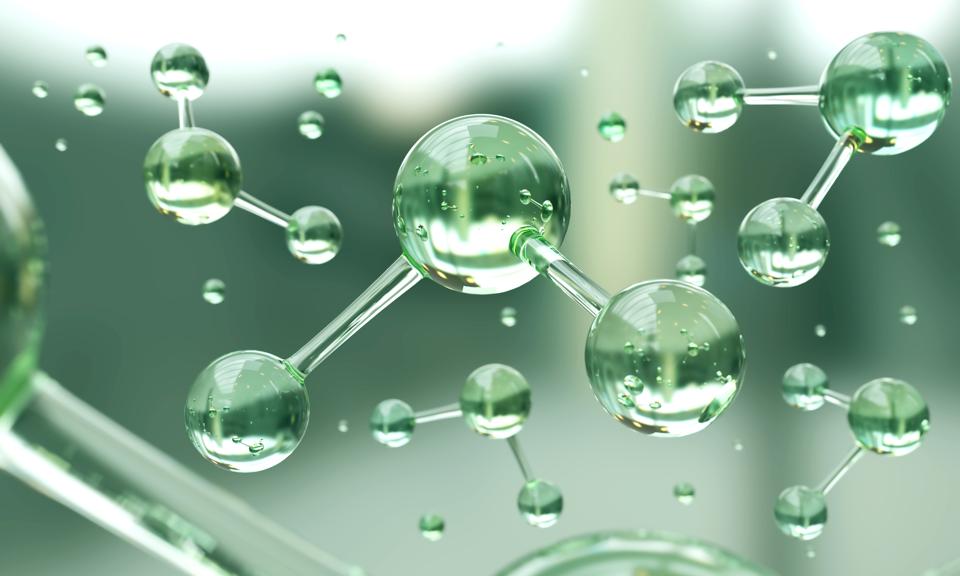The EDP Group has announced that it has launched two units that will study the potential of green hydrogen and energy storage systems.
The H2 Business Unit (H2BU) will be the new branch of the group for the development of green hydrogen projects, while the devoted storage unit, established in EDPR NA, is projected to reach a storage capacity of 1 GW in five years.
The green hydrogen market signifies one of EDP's growth axes, the result not only of the decarbonization goals, but also of the cost reduction that has ensued, and it is anticipated to become competitive throughout this decade.
With the establishment of the new business unit, EDP aims to reinforce the integration of green hydrogen in the group's portfolio in a strategic and transversal way and to encourage investment in renewable energies.
H2BU will be led by Ana Quelhas, until now director of energy planning of the EDP Group.
H2BU will focus its efforts on developing green hydrogen opportunities in encouraging sectors such as the steel, chemical, refinery, and cement industries, as well as long-haul heavy transportation.
Priority markets will be the US and Europe and renewable energy networks and prevailing assets will be used.
To strengthen its crucial role in the energy transition, EDP Renováveis (EDPR) has created a new business unit devoted to the development of energy storage technologies.
This unit, which will be associated with EDPR's activity in the US, will focus on the analysis of storage technology and is a further step in EDP's commitment to innovation in the generation of clean energy.
The creation of this unit materializes the plan that EDP has underway in the United States, which is called "Re-charge" and aims to achieve 1GW in energy storage projects by 2026.
EDP chief executive Miguel Stilwell de Andrade said: "The creation of these business units reinforces EDP's leadership in the energy transition.
"The increasing penetration of renewable energies increasingly requires integration with storage systems, such as batteries, to provide the necessary flexibility to the electrical system and thus promote the growth of renewable energies.
"Furthermore, the combination of renewable energies in the generation of electricity with the electrification of consumption will be the most profitable way to decarbonize most of the final energy uses.
"But, if we want to meet the carbon neutrality objectives, we will need to use other energy sectors, such as green hydrogen, to respond to sectors where electricity is not a technically viable or economically attractive option."

